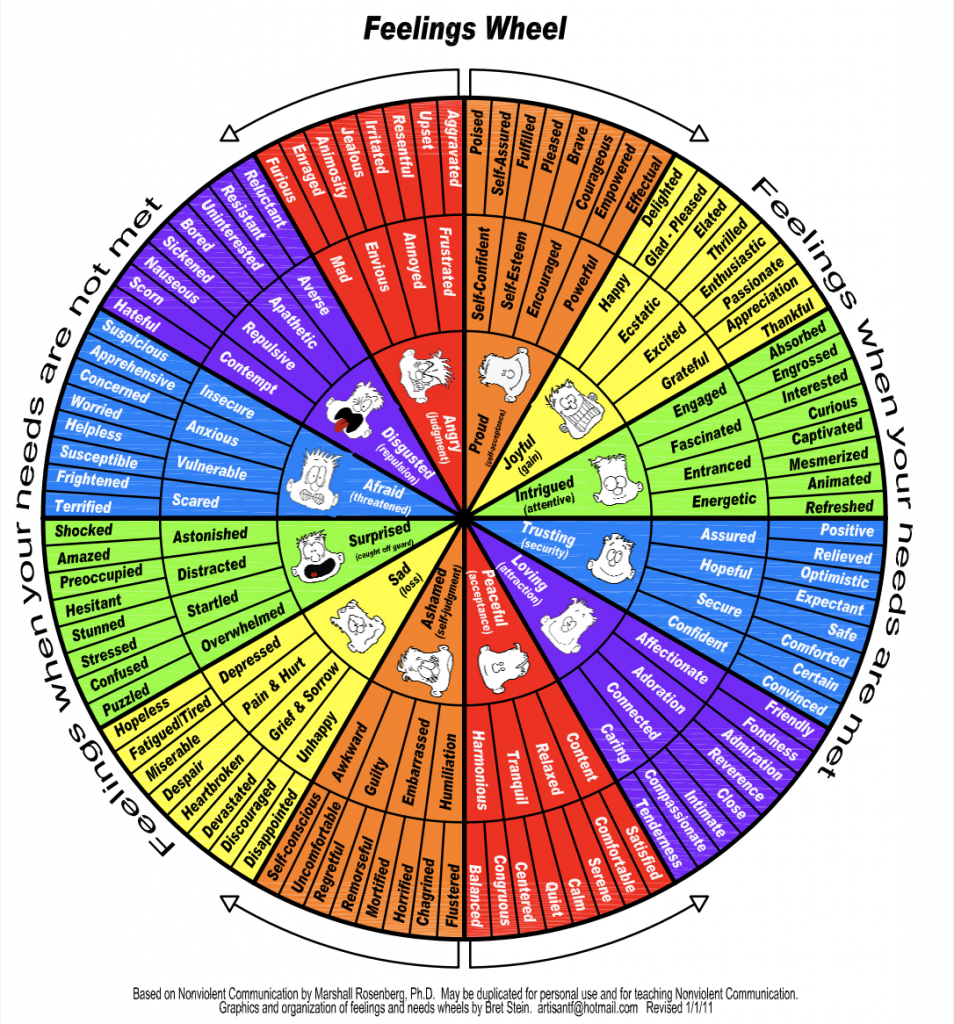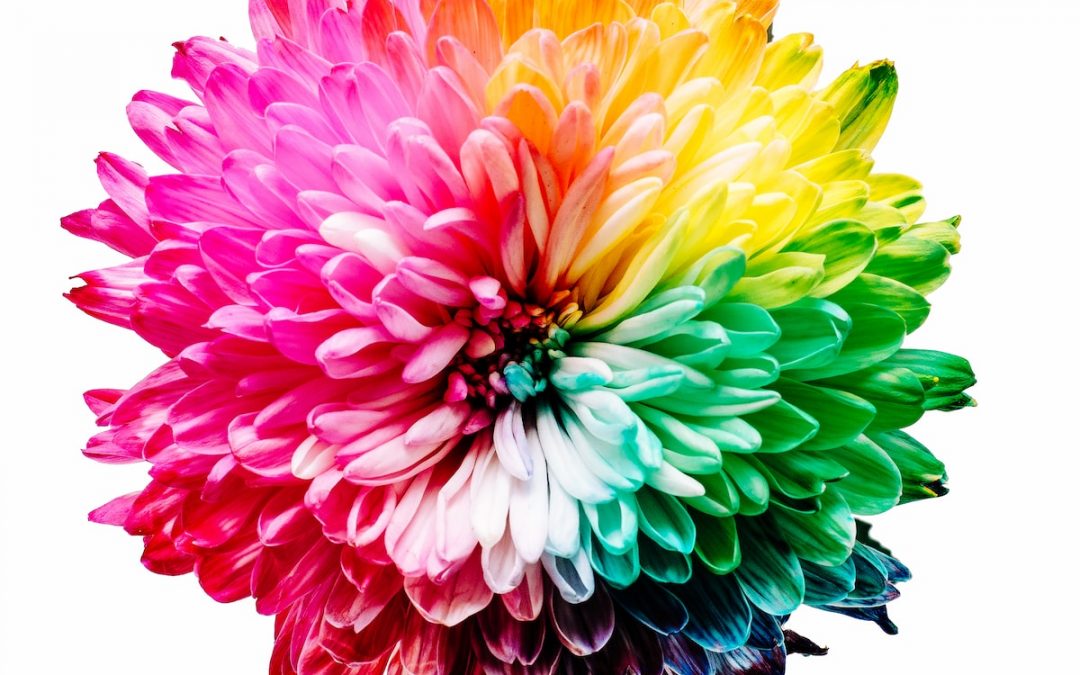There is a reason for my silence on this blog in the last few months. I guess you could say, things were getting super serious.
Therapy with G was going well (see Part 1 and Part 2 for background) in that she had encouraged me on the progress made over the last year, and yet, I could tell there was something still to be done. Something deeper to unravel. Reading Tiny Beautiful Things by Cheryl Strayed provided just enough hard truths to hit me in the gut. She says “until you uncover the reasons that led you to your addiction…”. Alright then Dear Sugar. You got me. Darling DD gently encouraged it was time.
So we called in the BIG-er guns. Onward to talk therapy. Time to figure out the whys of my addiction. The triggers and then underlying reasons why this struggle seemed to continue past the point of hopeful decisions and declarations. I’ve tried at times to get there on my own, see The Reasons Why (which also explains Darling DD in #2).
So that brings us to meetings with my new therapist. We shall call them Jay. Jay and I started at the beginning. With a run-down of family history, a summary of important events in my 41 years so far, and some uncomfortable questions.
I was exhausted already after the first session. I was emotional and broken after the second. I was mad and resentful by the third. And I was depleted and despairing by the fourth. The details of this don’t need to be summarized in this post, though it’s fair to say that it was definitely time for these sessions. So good job me, again. Get thee to therapy … and never stop.
One fascinating development that I’ve discovered on this latest journey of talk therapy is feelings. It should be obvious that feelings are discussed and explored during therapy, but what was not obvious to me was my total lack of language for discussing them. I was incredibly surprised to realize I did not know how to talk about this at all. And without language, it’s hard to express to others what you might be feeling, or to recognize triggers that take you to bad habits.
Obvious? Yes. SHOCKING once again? Also yes.
I knew I was good at pushing feelings in the box (I keep mine deep in the intestines – you’re welcome for the visual) even though I’m terrible at hiding them on my countenance. Isn’t wearing your feelings on your sleeve enough communication? No, apparently not. We need to be able to express them to help resolve or move through them.
Sigh.
So because the following has helped me on my latest stair of the proverbial staircase – landing might be more appropriate for this part of the climb – I wanted to share with you in case it’s even half as life changing to think about as it has been for me.
Let’s start with anger. Oh, my dear friend. For one, there’s many different kinds of anger on the feelings wheel. I’ve shared one below for the visual of what I’m going to attempt to explain. First there’s the actual emotion, which is angry. This is what we feel in our body. Mine feels like a hot, tight ball in my chest that sometimes closes my throat if too hot, and sometimes results in tears if too big. It’s always frustrating to cry when you’re angry, cause I’M NOT SAD, but there you have it. You might actually be “upset” if you follow the emotion through to the right primary feeling and then to the next secondary feeling. The secondary feelings are primarily based on Thoughts according to Dr. Ken McGill.

You mean my anger doesn’t have to get shoved in the intestinal box?! Correct. In fact, it doesn’t have to be negative or “bad” even though it feels very uncomfortable. It’s supposed to be uncomfortable. It is TRYING to tell you something. Perhaps something that happens that doesn’t line up with your values. Or perhaps a circumstance or interaction with someone that doesn’t meet your needs. Spoiler alert: what you need to do next is tell them that. I’m proud to announce I’ve reached the mental peak (yes definitely that kind of mental) of talking to mine when it arises.
Oh hello old friend! What are you attempting to tell me today? I try my VERY best not to do this aloud.
This simple chart blew my simple emotional mind. I had never in my entire life tried to categorize how I felt this way. Maybe my brain enjoyed the symmetry and sorting of the colour matching wheel, or maybe it’s the eye-rolling caricatures. But I know for certain I’ve never thought about the wheel of feelings as divided into times when your needs aren’t being met and times when they are. I initially smirked and likely made a face when Jay presented me with this wheel. They were quick to comment “just a tool to give you some language around this”. And then when I took it home and tried to pick an emotion each day for the next week, I was literally floored. I had planned to journal about each feeling as I felt it, but that turned out to be too hard the first week. Jay was proud of me for taking baby steps by noting an emotion each day and then travelling down the wheel to see where the feelings went. “It’s ok to be gentle and patient with yourself while you practice something new” they said.
The next step in the journey to understanding my triggers is matching them up with this feeling wheel. What’s happening in your environment when your needs aren’t being met? What can you do to talk about or change that? This part seems impossibly hard.
Which, could be the point of therapy, when it gets impossibly hard – you’re finally getting somewhere?
Stay tuned for the ultimate answer to Life, the Universe and Everything.
No wait, that’s 42.
Stay tuned, still, if you like.

